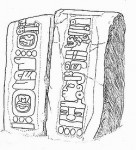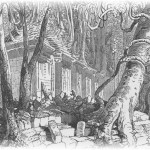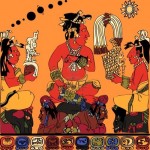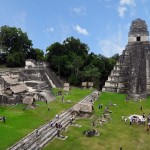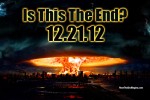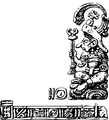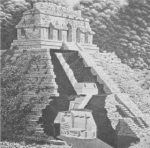
Featured Image:Temple of the Inscriptions w/cutaway showing interior and tomb.
In this second part of our latest on the Subterranean World series we return to Mexico’s ancient city of the Mayan, Planque,and the tomb of an ancient ruler named Lord Pacal. In the 1960’s writer Eric von Daniken put fourth the theory that Pacal’s sarcophagus lid was a space ship taking him into outer space.
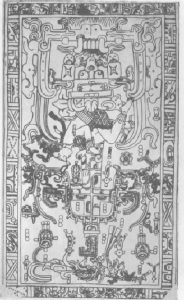 Hidden Tunnel Found Under Mayan Pyramid in Mexico
Hidden Tunnel Found Under Mayan Pyramid in Mexico
Published on Jul 27, 2016
Water Tunnel Discovered Beneath Mayan Temple In Palenque
DAHBOO77 Published on Jul 26, 2016
A journey to the Tomb of Pacal an ancient Mayan King.
Published on Aug 18, 2010
Ancient Aliens Astronaut Theory *DEBUNKED*
Published on Sep 1, 2015
Ancient aliens astronaut theory debunked. New chariots of the gods refuted. Scariest ufo documentary ever refuted. The Mayan Ancient Alien Astronaut theory at Palenque Pakal. Is this stone carving proof of the existence of aliens visiting early civilizations? Among the ruins in Palenque stands a pyramid called the Temple of Inscriptions. During the summer of 1952 deep within the bowels of this structure Alberto Ruz the director of research at Palenque would discover a tomb that held what appears to be proof of early man conquering space flight. This is a picture of the lid to the sarcophagus of King Pakal, and on it, is what appears to be a man in the cockpit or capsule of a rocket shit, manning the controls as he ascends into space. This theory was made famous in Erich Von Daniken’s 1968 best seller, Chariot of the Gods where Daniken compared the image on the stone to that of the astronauts of Project Mercury. But let’s take a closer look… Around the lid are hieroglyphics that represent night and day, and placed accordingly to show movement from east to west to represent Pakal transitioning from life (daytime) to death (nighttime). What is commonly mistaken for a rocket ship with fire shooting out of the bottom is in fact something found in many cultures known as The World Tree (more about that in another video). The branches extend into heaven, while the roots (fire?) extend into the underworld symbolizing a connection between the heavens, earth and the underworld. Sprawled across the branches is the double headed vision serpent which is believed to live in the center of the world. This is also a symbol for royalty. The celestial bird also known as The Bird of heaven is the lord of the cosmos “heavens.” which is why it is placed at the top of the World Tree’s branches. Pakal sits upon the Monster of the Sun. Because ancient cultures believed that when the sun set, it sank into the underworld where it went to die. The Monster of the sun represents Pakals transition, as it sinks to the world below, taking the king with it. Which is represented by his position as if he’s falling down. As much as I would love to know the early Mayan’s technological abilities didn’t just include plumbing, but interplanetary space travel as well… What you really see is just a beautiful depiction of a powerful king’s death and his travel’s from this world, to the underworld.
 Dig A Little DEEPER: Subterranean Worlds (1990’s Research)
Dig A Little DEEPER: Subterranean Worlds (1990’s Research)

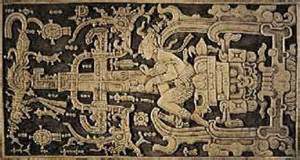
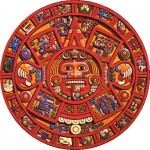
![th[7]](http://thehollowearthinsider.com/blog/wp-content/uploads/2017/03/th7.jpg)
